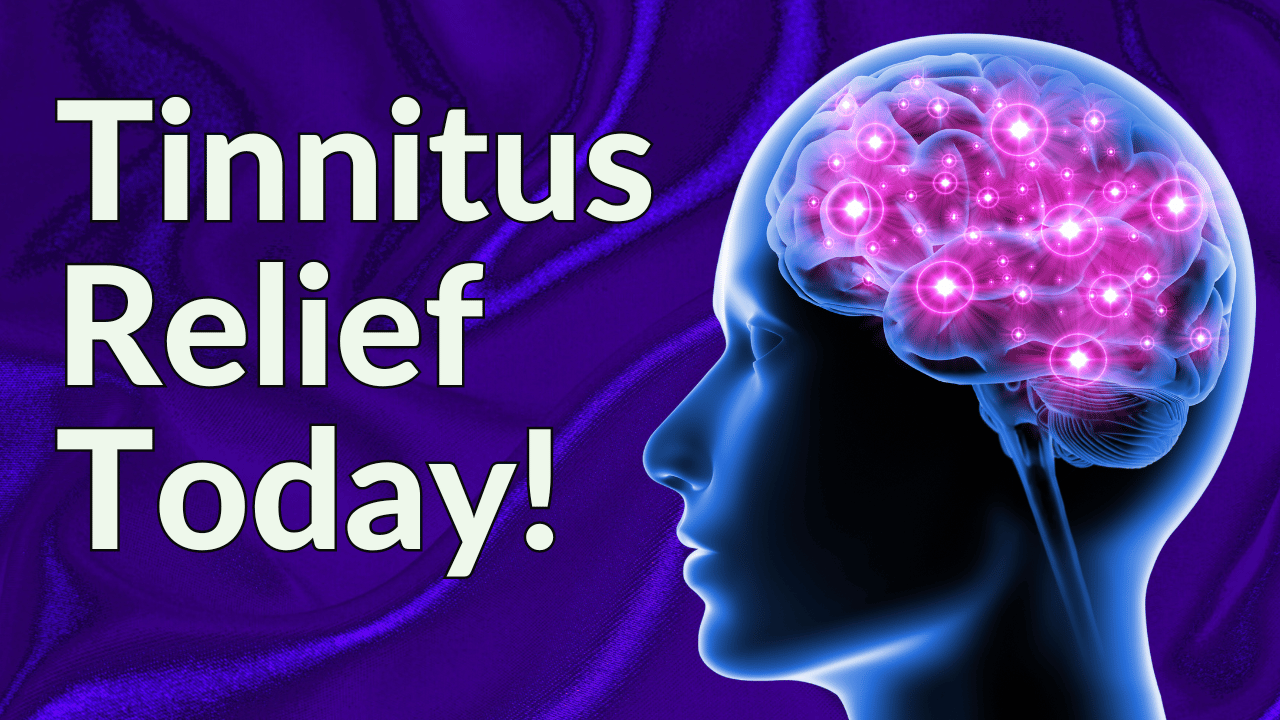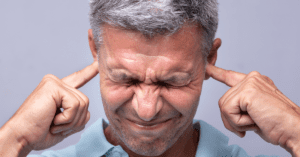Tinnitus is often linked with hyperacusis. This article will walk through how to manage hyperacusis—also called sound sensitivity—by using sound therapy devices and earplugs.
What Is Hyperacusis?
Under certain circumstances, the human body and brain can develop hypersensitivity to external sounds. Sound sensitivity is tough, as during periods of hyperacusis or sound sensitivity otherwise normal sounds can sometimes feel painful and completely jarring. For example, when someone with hyperacusis is presented with the background noises that come with driving a car on the highway or being in a restaurant, the brain will respond with such loud reactions that it almost feels like being exposed to the sound of gunshots or bombs. The neurological reaction is so high and heightened that it becomes completely debilitating for some people.
Can Hyperacusis Be Treated?
From a medical standpoint, there is a cure for hyperacusis in the sense that it can get better and does not return. There’s two main considerations when managing hyperacusis. First, when you’re in quiet places with no sound around you, you may benefit from constant sound therapy like a white noise machine, ear-level sound generators, or hearing aids that have sound therapy features. The goal of hyperacusis treatment is to surround yourself with constant low-level sound, especially for acute periods when you’ve developed sudden hyperacusis. When doing this, you increase the noise floor, thereby creating a positive neurological effect that can help bring you back to a place where sounds are not as sensitive.
"Treble Health helped me reduce my tinnitus by about 80%, and now I can live my life again!"


"Treble Health helped me reduce my tinnitus by about 80%, and now I can live my life again!"
– Steve D.
Book a free consultation to learn which Treble Health solution is right for you. Join Steve and thousands more who have found lasting tinnitus relief.
The most common accompanying symptom with tinnitus among my patients is sound sensitivity or hyperacusis. Thankfully, there is a way to use earplugs to help patients in situations with background noise, so that it’s still possible to drive in a car or eat in a busy restaurant.
Using Earplugs For Hyperacusis Management
There’s a range of noise reduction offered by various earplugs. On one side of the spectrum, we have earplugs designed to reduce as much noise as possible, like over-the-ear earmuffs and foam earplugs. On the opposite end of the spectrum, we have our ears completely open, with no noise reduction at all. Regardless of how severe your hyperacusis is, the ultimate goal is to slowly wean yourself towards being able to tolerate situations without anything in your ears.
I worked with a patient who could only drive on the highway with over-the-ear headphones reducing as much noise as possible. That patient started taking those headphones off and instead using foam earplugs, which provide less noise reduction. While this process does take time, the ultimate goal is to slowly work towards situations where no noise reduction is needed.
If a patient can tolerate wearing foam earplugs, the next logical step would be to use reusable silicone earplugs. These are sometimes called musician earplugs or rubber earplugs, similar to what one would bring to a concert. Traditionally, silicone earplugs offer reductions of about 10 to 15 decibels. You also have the ability to slightly remove them out of your ears, thus moving you closer towards the lower end of the spectrum.
Recently, an earplug device called the Calmer has been developed by Flare Audio. The Calmer is a hollow plug that sits in the ear canal and only reduces high frequencies, and thus can act as a final step between reusable silicone earplugs and having nothing in your ears. While the Calmer is not designed for tinnitus, it can provide benefits in helping hyperacusis and managing sound sensitivity.
The premier treatment of hyperacusis is tinnitus retraining therapy. This typically entails working one-on-one with a professional. That said, it is possible to treat hyperacusis via telehealth, which can provide the necessary consultation and guidance regarding sound therapy and the different technology available to you.
Next Step: Book Free Consultation
- 75% of patients reduced their tinnitus within three months after following our recommendations.
- "I feel like Treble Health literally gave me my life back." - Randy S. (verified customer)
- Join thousands of people who have reduced their tinnitus after scheduling a free consultation.


















